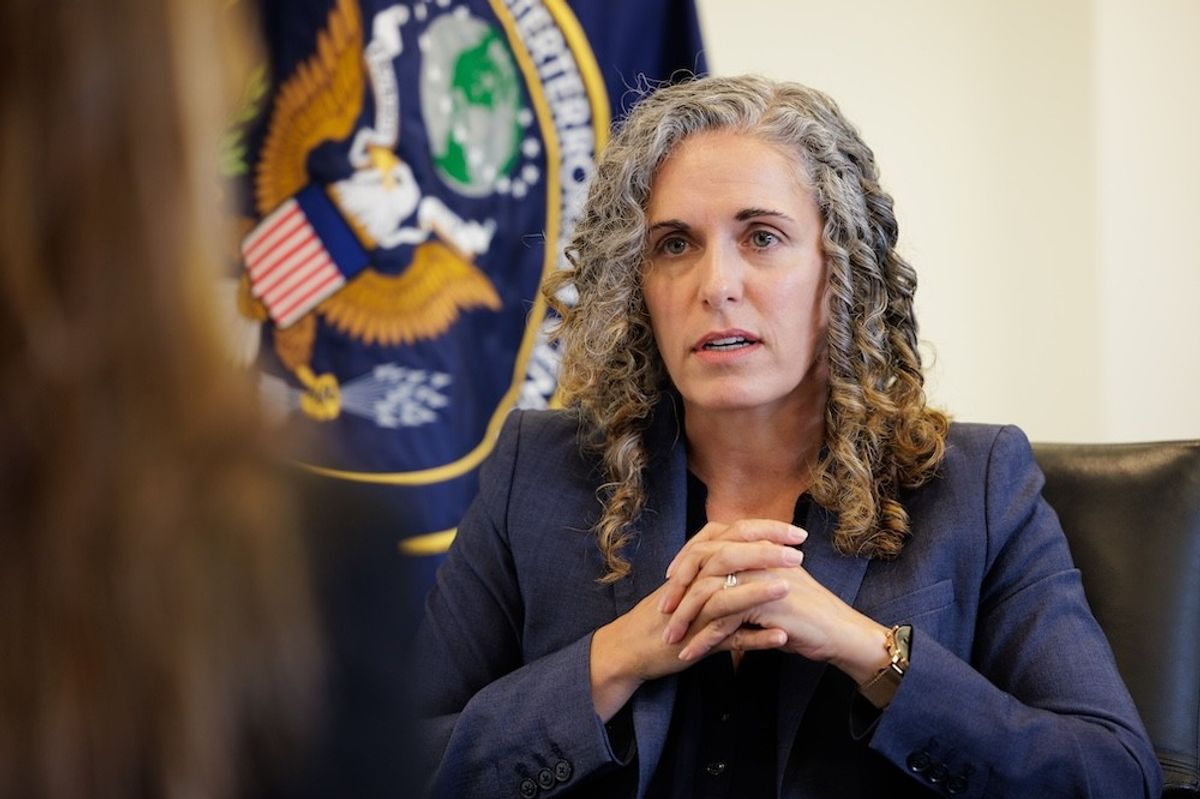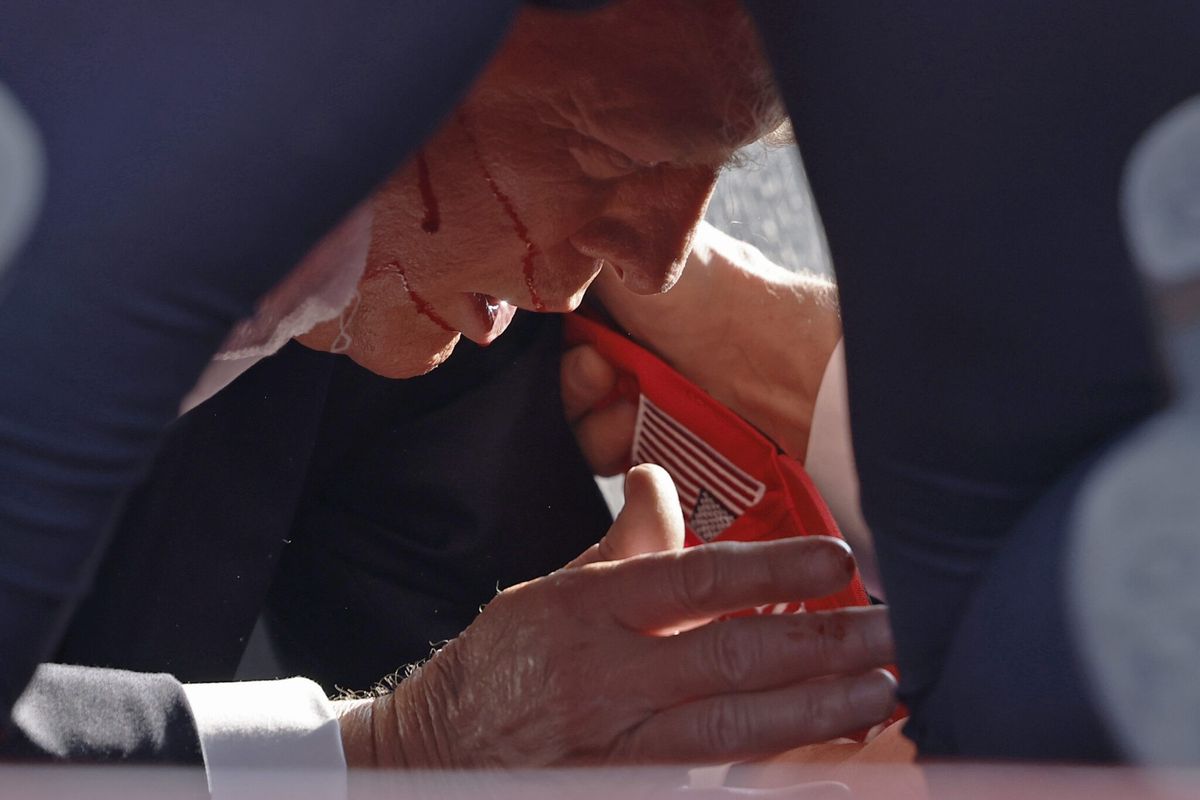On June 28, U.S. Department of Homeland Security (DHS) Secretary John Kelly announced enhanced security measures for all flights coming into the United States. Calling for additional “screening of electronic devices, more thorough passenger vetting, and new measures designed to mitigate the potential threat of insider attacks,” Kelly pointed to both evaluated intelligence and the well-known focus of our adversaries in adapting their efforts to attack commercial aviation as reasons for the additional measures.
Kudos to Secretary Kelly and his team for a thoughtful strategy to protect the traveling public. Since announcing restrictions on personal electronic devices (PEDs) for passengers departing from ten international airports earlier this year, Sec. Kelly was rumored to be considering a global expansion of those restrictions. Instead, he has chosen to take a more measured approach while challenging the international community to raise its bar.
DHS cannot secure aviation on its own, and in calling for higher international standards, Kelly is simultaneously challenging and offering to partner with the world in raising the bar for aviation security. And with good reason: terrorists have been focused on killing innocent people on airplanes for decades. Whereas guns and knives were the weapons of choice in the 70s and early 80s, our adversaries have turned their attention to explosives, and unfortunately with some success.
Effective security exists under constant tension between restrictions on individual liberties and actions designed to minimize – but not eliminate – risk. Security is also a shared responsibility. In that spirit, Sec. Kelly has engaged the private sector and the international community to collaborate with DHS in a three-pronged approach:
- Screening electronic devices. Richard Reid’s shoes and Umar Farouk Abdulmutallab’s underwear are perhaps the most memorable terrorist efforts to use explosives to blow up commercial aircraft, but they are far from the only ones. The latest threat comes from explosives embedded inside electronic devices. DHS is coaxing international partners to expand their focus on PEDs through the application of explosive trace detection techniques, the expanded use of explosive detection canines and other advanced screening procedures.
- More thorough passenger vetting. Customs and Border Protection (CBP) and the Transportation Security Administration (TSA) currently collect and analyze certain data from the Advanced Passenger Information System and each Passenger Name Record to evaluate travelers’ potential risks to aviation security and admissibility into the United States. As part of the new measures, CBP will be expanding the number of “preclearance” locations, thus enhancing the amount and timeliness of information available to U.S. security personnel.
- New measures to mitigate the threat of insider attacks. The 2016 explosion on Daallo flight #159 underscored that bombs aren’t just carried onto airplanes by terrorist passengers; they can also be facilitated by those working on or around the airplanes themselves (and thus bypassing passenger screening procedures). TSA has already implemented domestic programs to screen against such “insider” threats, including physical employee screening, persistent background checking and other procedures. The international community will need to follow suit.
Finally, Secretary Kelly’s announcement reflects the continuing maturation of DHS. While the liquid explosives plot of 2006 – planned by terrorists intending to use explosives disguised as energy drinks – resulted in worldwide bans on liquids, aerosols, and gels in quantities greater than 3.4 oz, we see now a more-focused approach. Instead of a total ban on all electronic devices, Secretary Kelly has outlined a step-wise plan to mitigate risk. He also emphasized the role of “evaluated intelligence,” both in terms of the specific threats and the strategies deemed effective in mitigating them.
Aviation security is complicated business. The traveling public expects perfection each time we board an airplane, yet the vast majority are quick to complain about long lines and the inconvenience of screening procedures. The holy grail would be the ability to determine with certainty those passengers who intend to harm an aircraft or its passengers. Until science, technology, and public policy allow us to do so, we are left to grapple with the reality of a determined, patient adversary more than happy to play on our frustrations.
We have been lucky in the almost-16 years since 9/11 jarred our country’s complacency about aviation security. With each day, we are a little less concerned: the men and women of DHS are hard at work trying to ensure our complacency is justified. Our counterparts in other parts of the world are not as lucky: their airports and airlines have not kept pace with those of the United States. The terrorists know and have exploited these vulnerabilities.
In challenging the international community to raise the collective bar for aviation security, Secretary Kelly is rightfully calling for a global solution to a global problem. Just as he did during his military service, Secretary Kelly is defending American lives in a proactive, intelligence-driven and risk-based way. Working together, the U.S. government, international partners, and the private sector can identify and mitigate risk and thwart our adversaries.













